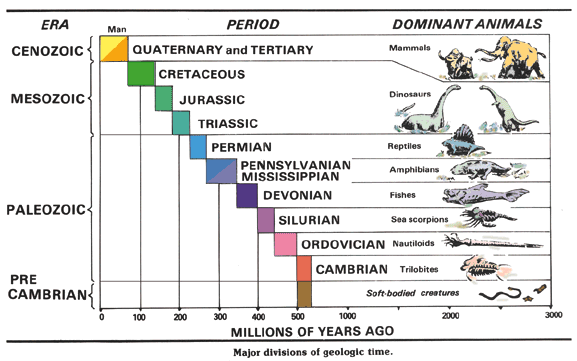270 million years ago, true mammals had not yet evolved. However, the stage was set by an early group of animals that walked on four legs. They were called Synapsid and after millions of years they eventually evolved into warm-blooded Cynodonts. Cynodonts were a late but successful group of mammal like reptiles from which mammals evolved. These early mammals were miniature, furry, nocturnal and warm-blooded. During the Jurassic period (the time when dinosaurs existed) mammals continued to exist as small and mainly nocturnal. These early mammals would have been similar to small monotremes that laid eggs. It wasn't until seventy million years later, that marsupials and placental mammals evolved.
Mammal Evolution:


Cynodont
From the late Jurassic period, about eight main descendants of mammals are known. Such as the Crusafontia which looked like a squirrel that was 20 cm long and fed on insects. A group of mammals

Crusafontia
known as Multituberculates appeared towards the end of the Jurassic period. They were the most effective species of the primitive mammal group. It had survived for one hundred and thirty million years. Some of the descendants of the Multituberculates had
marsupial-like bone structures. This demonstrated they had pouches like marsupials. This was one of the signs of mammals evolving where they gave birth to their live young. Even from the Cretaceous period, mammals were still playing an unimportant role.
Here is a table of the different periods:

Multituberculate

Fifteen mammal groups were alive at the end of the Cretaceous period. At this same time there was a mass extinction, that killed the dinosaurs. During the next millions of years birds took over the land. However, mammals were evolving to reach the top of the ladder for dominance. As species began to die out, many habitats were left inhabited. Following this, mammal families increased to become seventy eight families over the next fifteen million years. This occurred during the early Eocene period. Many subspecies were expanding from about forty to two hundred during the same time. By the middle of the Eocene period, all the leading groups of mammals alive today, had existed.
Synapsid

White Rhinoceros


